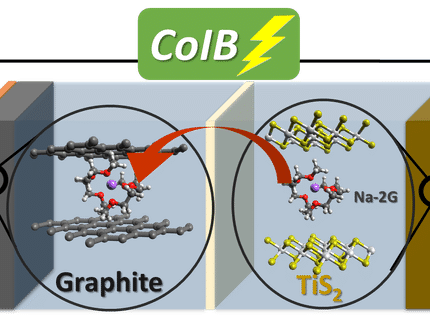Frost & Sullivan: Alloyed Stick Electrodes Stem Erosion of Customer Base in the Global Stick Electrodes Market
In the EMEA region, market boost will come from construction projects in Africa and the energy and construction industries in Russia
Stick electrodes’ low costs and the scale of manual welding operations in India and China have buoyed the global stick electrodes market, despite being buffeted during the global economic downturn. While Asia Pacific leads in terms of current and future revenues, Africa and Russia have also shown considerable growth potential.
New analysis from Frost & Sullivan, Analysis of the Global Stick Electrodes Market, finds that the market earned revenues of $2.27 billion in 2010 and estimates this to reach $3.59 billion in 2017 at a compound annual growth rate (CAGR) of 6.7%.
“The Asia Pacific has the largest number of domestic government investments, foreign-driven investments, industrial investments and other projects, which bode well for the stick electrodes market,” says Frost & Sullivan Research Analyst Ruth Shilpa Sudhakar. “In Europe, Middle East and Africa (EMEA), the construction projects in Africa and the energy and construction industries in Russia will boost the market with their requirements of stick electrodes with better quality welds and adaptable mechanical properties.”
End-user industries and manufacturers are shifting their manufacturing set up to low-cost countries, which raises the demand for stick electrodes in these regions. This trend, along with stick electrodes’ usability in external environmental conditions, had allowed the market to post a growth rate of 9.8% in 2010.
However, market participants must be wary of competition from flux cored wires and solid wires, which are also cost competitive and provide better productivity. Furthermore, there will be a bigger market for solid wires once end-user industries automate their process.
The Americas market did not fare as well as the Asia Pacific and EMEA markets, as it was the worst affected by the downturn. This region’s market is extremely fragmented due to the increasing influx of participants from China and Korea, with their lower priced products. At a time when the prices of steel are soaring, stick electrodes from the Asia Pacific use mild steel, stainless steel and unalloyed stick electrodes.
The market can hope to retain its price-sensitive customer base with the help of new technologies such as alloyed stick electrodes. By making better use of base materials and alloys, manufacturers can reduce the overall spatter, providing enhanced productivity and weld quality, at the same price.
“Alloys are preferred to improve salt corrosion resistance against offshore wind, in hydro power plants and pipeline segments,” notes Sudhakar. “Alloys also improve creep resistance, toughness and fatigue, thereby increasing weld quality and longevity.” These factors, in turn, reduce the overall expense and frequency of repairs and maintenance.
For traditional users, stick electrodes provide more slag and lesser mechanical properties than solid wires and flux cored wires. They are still largely preferred for repair and maintenance services across all end-users for their inexpensiveness, lower required volume and ease of use.
As resource availability and on-time delivery are also important factors for improved customer satisfaction, global participants are adopting strong distribution strategies and are training these distributors to expand their knowledge base.
Global manufacturers are moving their distribution networks to emerging economies to benefit from the huge demand. Manufacturers are also investing heavily in R&D to customize welding solutions and widen their product portfolio for applicability across end-user industries. Further, manufacturers are entering into acquisitions and mergers to enable a smooth production and delivery process.
“Customizing solutions, meeting customer requirements of quality, usability and price are the main factors that can help build loyalty,” observes Sudhakar. “Customers look for one-stop solutions and manufacturers that provide the whole package are well poised to succeed in the market.”






























































